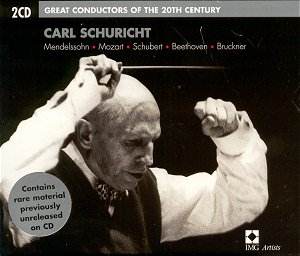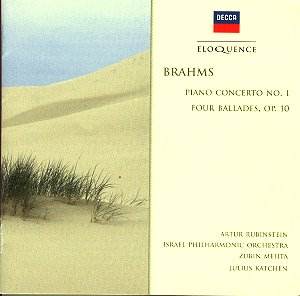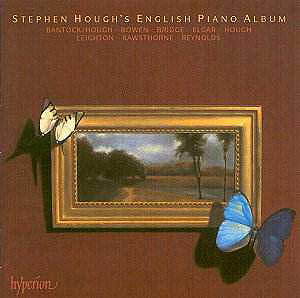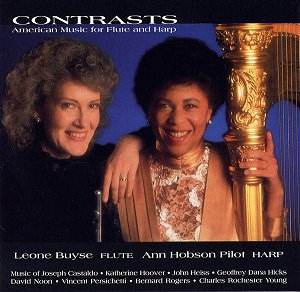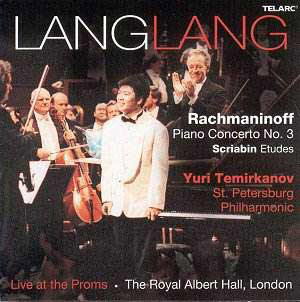 Composer: Sergei Rachmaninov
Composer: Sergei Rachmaninov
Works: Piano Concerto No. 3 in d, op. 30; Chinese Folk Melody (Liu Yang River); Alexander Scriabin, Etudes: op. 2/1, op. 8/2, 3, 8, 10, 11, 12, op. 42/4, 3, op. 65/3
Performers: Lang Lang (pianoforte), St. Petersburg Philharmonic Orchestra/Yuri Temirkanov
Recording: Recorded 22.8.2001, Royal Albert Hall, London (1, 2); 20.10.2001, Oberlin College, Ohio (3)
Label: TELARC CD 80582
Rachmaninov’s Piano Concerto No. 3 is a cornerstone of the piano repertoire, both revered and notoriously challenging. Premiered in 1909, it embodies the composer’s lush harmonic language and virtuosic demands, reflecting the emotional depth characteristic of his output. This recording, featuring Lang Lang and the St. Petersburg Philharmonic under Yuri Temirkanov, offers a contemporary interpretation of this monumental work alongside selections from Scriabin, whose own musical language juxtaposes Rachmaninov’s with its more mystical, elusive qualities.
Lang Lang’s performance of the Rachmaninov concerto presents an intriguing blend of lyricism and bravura. His approach is marked by a pronounced sensitivity, particularly in the first movement’s cadenza, where a reverie-like quality prevails. This interpretation, while captivating, occasionally lacks the necessary drive that propels the music’s climaxes. The second movement reveals a similar aesthetic; though the piano’s lyrical lines are elegantly shaped, moments of tempo alteration disrupt the flow. Temirkanov’s conducting adds an elegiac quality to the performance, which, while appealing, can veer towards lethargy, particularly in passages requiring a more vigorous orchestral backdrop.
The Scriabin etudes, where Lang Lang’s interpretative prowess can shine, demonstrate his innate lyricism and technical command. The op. 8/11 etude stands out, exhibiting a rare poetic quality that encapsulates the essence of Scriabin’s early style. However, there are moments—specifically in op. 8/12—where Lang Lang’s tendency to retreat into a softer dynamic before a climax risks becoming a mannerism, potentially undermining the music’s inherent intensity. This stylistic choice, while artistically valid, could benefit from a more robust engagement with climactic moments, particularly in the Rachmaninov.
The recording quality itself poses challenges. The balance often favors the piano, obscuring the orchestral textures that are vital to the concerto’s architectural integrity. In the opening of the concerto, the piano’s prominence overshadows the orchestral melodic lines, leaving the listener yearning for a more cohesive blend between soloist and ensemble. Notably, the orchestral wind solos, such as the bassoon, suffer from inconsistent prominence; they are all too often eclipsed when their contributions are crucial to the narrative. This uneven engineering compromises the overall impact of the performance, which should ideally convey a unified musical dialogue.
While this recording may not supplant established interpretations of Rachmaninov’s Third Piano Concerto, it undeniably showcases Lang Lang’s burgeoning artistry and interpretive depth. His future is undoubtedly bright, and the Scriabin selections hold particular merit, standing as some of the finer interpretations available. The performance serves as a commendable snapshot of an artist on the rise, while the technical and engineering drawbacks suggest that further refinement will be necessary as he continues to tackle larger and more complex works. This disc will appeal to those wishing to chart the trajectory of a promising talent, even if it does not yet stand as a definitive rendition of these works.
